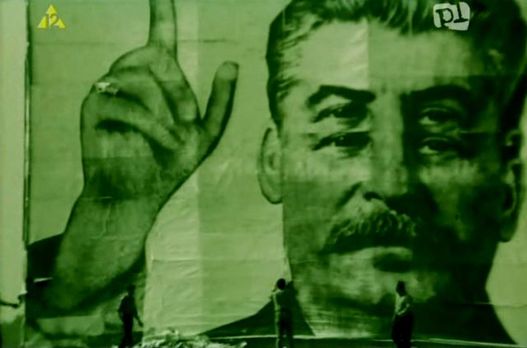 A challenging and experimental film, Hands Up! opens with the filmmaker himself, explaining that his film was made in 1967, but was suppressed by government censorship. Releasing the film now in 1981, Hands Up! is a reworked surreal journey into the mind of a filmmaker, reflecting on the passage of time, in particularly relating to where he was, 14 years earlier. Featuring very little dialogue, especially early on, Hands Up! is a feast of sound and image which creates a haunting and provocative portrait of the destruction and despair in Poland at the time, even at one point going as far as to juxtapose this despair with that of the WWII death camps. Much of Hands Up! follows a group of several doctors, one of which is played by Skolimowski himself, as they have a reunion in what can only be described as an abandoned, broken down railway car. As they reminisce about past times, including the effect of communism on their profession, Hands Up! deconstructs how the past itself defines the present in many ways, with Skolimowski making it clear that we are all still capable of breaking free of this mold and forging a future. From what I can tell, much of this discussion is essentially a metaphor about Communism itself, which led to Hands Up! being considered offensive by the Polish government. Perhaps one of the most interesting aspects of the film is in this avante-garde style intro, which finds Skolimowski exposing the censorship of a oppressive regime, as he waxes poetic about his film being unable to be seen in the same vein as other artists, primarily painters. While I probably only could grasp a fraction of the points Skolimowski was trying to make, Hands Up! is a entrancing piece of filmmaking which offers a rare glimpse at a filmmaker given the opportunity to reflect on not only his countries past but his own.
0 Comments
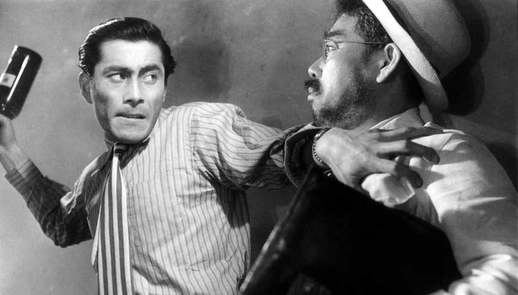 Taking place in post-war Japan, Akira Kurosawa's Drunken Angel is a harrowing journey into the treacherous time in Japanese life, where a defeated country was struggling to get back on its feet. The film begins with a small-time gangster played by a young, electric Toshiro Mifune who stumbles into a doctors' office late at night after a serious hand injury from a gang fight. He is treated by a alcoholic doctor, who diagnoses the young man with tuberculosis. These characters are both deeply flawed, but perhaps it's the doctor's unwillingness to let the young gangster go down the same path is where Drunken Angel pulls its dramatic weight. While the story of the film is powerful in stretches, Drunken Angel's greatest aspect is Kurosawa's skill as a filmmaker, as the film creates a vivid portrait of post-war Japan where people have lost a sense of hope. Kurosawa makes sure to establish the dire circumstances of this environment early on, capturing the disease-infested swamps and dirty back alleys where the Yakuza are thriving. As the story progresses, it becomes clear that Mifune's young gangster character is headed down a tumultuous path, with it simply being insuppressable regardless of the doctor's attempts to plea with the young, lost man. The disease infested swamp that the town surrounds, as well as the Tuberculous itself, are metaphors of Japan itself, with Kurosawa showing real concern for where his country is headed. While Drunken Angel is a good film that features a enrapturing performance by Toshiro Mifune, there are films which I prefer when it comes to eliciting the feelings and mood of post-war culture.  Agnes Varda's Le Bonheur (Happiness) is a stunning cinematic achievement, a film of impressive craft that delivers a highly-evolved examination of love. The film begins in the beautiful countryside, following the idylllic life of a young couple, Francois and Therese, who have two beautiful children. The couple are very much in love, but when Francois meets Emelie, an attractive postal worker, he begins to see his love spread thin between his wife and the new woman. Varda's film is a provocative and controversial achievement, a film that challenges its viewers to question their ideals about not only fidelity, but the idea of love itself. It's a film that is sure to generate discussion among both novice viewers and Agnes Varda enthusiasts alike, as Le Bonheur attempts to shatter the perception of love being something between only two individuals, as circumstance, time, and place, all play a important role in the discovery of love, affection and commitment. Varda never paint s Francois in a negative light, presenting him as a man who still loves his wife and family very much, with the filmmakers attempting to capture how the harshness of the world and inherent selfishness of nature is what truly challenges the ideals of love among humanity. I think Agnes Varda is saying that Love is an aspect of nature, being difficult to define and even harder to control. The ending supports this idea as well, ending in tragedy, with as the film displays the unpredictability of the world around us. While the themes and ideas of Le Bonheur are impressive, the way the filmmakers' tell this story from a visual perspective is what makes me consider calling this film a masterpiece. The filmmakers use of juxtaposition, editing, and composition are the work of a artist, with playful style of filmmaking that visual expresses the psychology of its characters. One of my favorite scenes of the film, where Francois meets Emelia, the mistress, for the first time at a coffee shop is a great example of the host of devices used by the filmmakers. As these two characters sit at the table, a young couple stands in frame behind Francois embracing with a kiss, with Le Bonheur injecting the scene soon after with two quick cut insert shots of signs in the window, one reading 'temptation' and the other 'mystery'. It's a stunningly crafted sequence which artistically captures the psychology of a married man's infatuation with another woman. The use of shot reverse shot is also a well executed device, used when Francois arrives at Emelie's apartment. When Emelie opens the door, the filmmakers use a quick and repetitive shot reverse shot sequence that expresses the excitement of these two characters, eliciting a sense of exuberance that is felt. Agnes Varda's Le Bonheur is a cinematic achievement of artistic precision which raises alluring questions about humanity, love, and forces of the world which we inhabit. 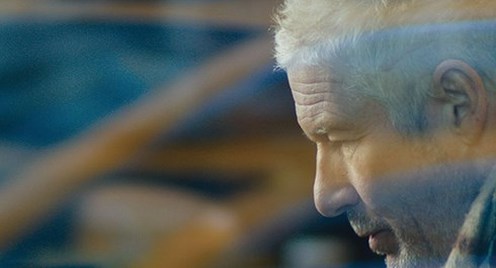 Oren Moverman, the acclaimed filmmaker behind such films as The Messengers & Rampart, returns to the directors chair with Time Out of Mind, a film which provides a inside look at George, a homeless, potentially ill man who wanders the streets of New York City. Time Out of Mind is a film intent not only telling an in-depth character study, but also in exploring the world of homelessness, including the institutions allotted to these men and woman, with the film showing a desire to touch on the system itself, as well as the culture and lifestyle. Homeless individuals are often not perceived as people by much of society,and one of Time Out Of Mind's most important aspects is its ability to confront the viewer about their lack of empathy. While the pacing of the film and its overall meandering quality is sure to annoy some viewers, I would certainly argue that it is an important choice by the filmmakers, and a good one for a film that is attempting to transport the viewer into its world. Time Out of Mind is also photographed in a way that attempts to give the film a documentary-type of feeling of authenticity, using primarily dirty compositions with an observational eye. The photography is almost always at a distance in one way or the other, hiding behind windows, fences, or significant distances, providing the eye of a onlooker of the events depicted in the film, as if it doesn't know how this story is going to end. The filmmakers also use a lot of red hues primarily through the use of lighting, primarily employed in moments of quiet strife for George as a character, a man who is tormented by his failings as a father to his deranged daughter. George has a run in with a host of other characters throughout Time Out of Mind, each providing their own unique context to the viewer, capturing the loss of hope, troubled past, and utter denial that have seen so many individuals decide not to participate in society. The details of George's life are revealed slowly and methodically by a strong screenplay that never goes into a lot of detail but make no mistake it certainly packs a emotional punch. Taking its time along the way, Oren Moverman's Time Out of Mind looks at the homeless from an impressive amount of perspectives, with its character study elements slowly building to its emotionally poignant conclusion. 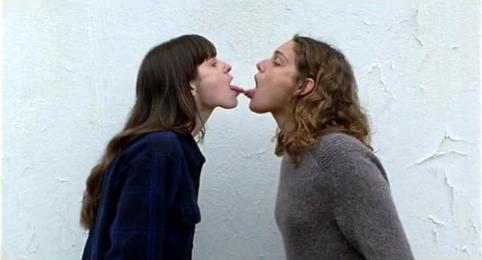 Produced by Yorgos Lanthimos, the man responsible for Dogtooth , Athina Rachel Tsangari's Attenberg could easily be described as more of the same. Luckily for fans of world cinema, while Attenberg does share the same bizarre, obtrusive style, the filmmakers do enough to separate Attenberg in a way that makes those comparisons almost feel superficial. The title references David Attenborough, the man responsible for tons of BBC documentaries studying animals, as one of Attenberg's major intentions lies in reminding the viewer that people are just another part of the vast ecological system of life. The film also tackles the sociopolitical issues in Greech, examining the decaying state of values, particularly as it relates to the dissolution of the family unit. Taking place in a small town with a massively deserted factory, Attenberg follows Marina, a 20-something female who is just beginning to experiment with her sexuality. Marina's father is dying of cancer, and while the treatments don't seem to be working, he constantly laments about the desire to be cremated when he dies, which apparently is looked at in a negative light in Greece. Marina's best friend, Bella, is another major character, and well lets just say she is far more experienced sexually. Attenberg is a film that makes a conscience decision to not really care that much about the feelings or emotions of its characters, opting instead to focus on the actions of them, studying these characters much like a nature documentary would. The film offers no determined conclusions either, giving off the aura of an observational study, a bizarre one at that. Like 'Dogtooth' the film draws many parallel's between humans and their primitive/animalistic nature, while also featuring well designed visuals that do the real storytelling. One of my favorite attifbutes is the visual design, with the whole film being shot in the gloomy, grey color palette which captures the hopelessness of these characters in this setting. The cinematography wisely features a very static and sterile camera as well, with beautifully designed compositions that elicit the emotion of the sequence. Athina Rachel Tsangari's Attenberg is a film I'd be scared to recommend to a lot of people, as it's a film that will definitely divide audiences with its dark, dry humor and narrative-light observational style. While the obvious comparison is Dogtooth, Attenberg does enough to stand on its own, being a obtuse examination of Greece 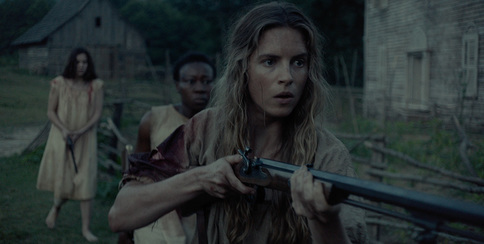 Daniel Barber's The Keeping Room takes place in the waning days of the American civil war, telling the story of three woman, two sisters and an African American slave, who find themselves forced to stand up for themselves and their home when rogue Union soldiers arrive with vile intentions. Praised by many as a Feminist Western, The Keeping Room uses the story of these three woman to capture the cruelty of humanity, with the film's best attribute being it's ability to showcase the downstream effect hate, aggression, and cruelty bring. Thematically the film captures how woman are essentially second class citizens in the worldview of humanity, using the wartime as an allegorical device in illustrating the trickle down effect of violence, war, and cruelty. This is a film that almost feels at odds with itself at times, as the two main antagonists simply come off as elaborate caricatures of male sexual aggression for most of the film, only to be given depth towards the end, even becoming semi-sympathetic characters when the film decides they are merely a biproduct of wartime, desensitized to violence, cruelty and death. From a filmmaker perspective, The Keeping Room struggles at times to effectively build tension, with much of the film's running time, outside of the strong finale, feeling far less engaging and intense than it should be. Some of this has to do with the one-dimensional characters of male aggression mentioned above early on in the film, which in turn makes The Keeping Room feel far more artificial than it should, attempting to force its message on the viewer in a way that denies the viewer true emotional impact until the third act. Daniel Barber's The Keeping Room is a strange blend of Western, Horror, and Social allegory, being a flawed but interesting cinematic experience. 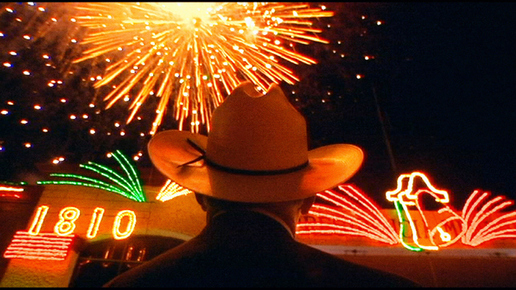 Bill Ross IV & Turner Ross' Western is the latest documentary from the acclaimed filmmakers, which sets its sights on the border town of Eagle Pass, Texas. For generations, all that has separated Eagle Rock, Texas from Piedras Negas, Mexico is the Rio Grande, which has led to a shared culture between the sister cities, where both Americans and Mexican citizens have essentially congealed. Times are changing though, with Drug Cartels and Immigration policies in Washington D.C., which essentially threaten the harmony of these border towns. Much like the Ross Brothers' other documentaries, Western is a film very much in the hands-off, observation style, delivering a poignant example of the power of Cinéma vérité, where reality is much more interesting than fiction. Focusing primarily on two characters - the Mayor of Eagle Pass and a Cattle Rancher who raises cattle in Mexico before importing it into the states, Western captures the essence of the changing of times. Through this observational study of these characters Western is able to reveals the absurdity of borders, stripping away these government mandates and revealing how we are all just people, defined by our propensity for connection not detachment. The Drug Cartel murders are an ominous presence hanging over the two harmonious border towns, and one of Western's greatest attributes is the tension it creates in the back-half of the film, as the various citizens of the town begin to feel the pressures from the outside forcing change on their community. While the Mayor of Eagle Pass takes issues with the US government's potential mandates, the Cattle Rancher finds the very foundation of his way of life threatened by decisions being made a thousand miles away in Washington D.C., with Western managing to bring a unique perspective to federal government. Simple, efficient, and poignant in moments of observation, Bill Ross IV & Turner Ross' Western is another fascinating exploration of humanity, culture, and setting, being a film that fans of Cinéma Vérité should seek out. 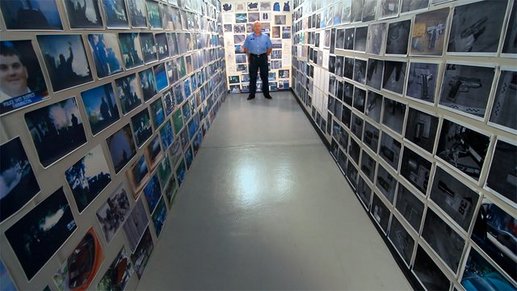 Brad Barber & Scott Christopherson's Peace Officer is a intricate and monumental documentary that focuses on the increasing militarization of American police. Told through story of Dub Lawrence, a former sheriff in Utah who established the states' first SWAT team only to see that same unit kill his own son-in-law, Peace Officer is a harrowing journey into the current climate of the police state in which we live, capturing how unskilled and untactical the current police force has become, fueled more by aggression & militarization than their desire to serve and protect as they are being increasingly trained with policies and tactics that effectively place the bulls-eye directly on citizens. Focusing not only on his own son-in-law's controversial death but also a few other police standoffs in the area, Peace Officer follows Dub Lawrence as he meticulously examines the crime scenes of these incidents, discovering new evidence that convincingly captures the lack of transparency in these investigations where police and citizens are not viewed as equals in law. While watching Peace Officer it becomes quite disconcerting just how much a retired police officer is able to uncover in mere hours at a crime scene, as the film makes it pretty clear that something is very wrong with the current state of police, whether it be due to covering up evidence or straight up negligence by crime-scene investigators. What makes Peace Officer work so well for me though is how fair the whole film is at breaking down the increasing militarization of America's police force, interviewing a host of police officers, sheriffs, and victims of such forceful police tactics in a way that is very refreshing for a documentary. Peace Officer doesn't point fingers at individuals but the system and policies, many due to the war on drugs, which have escalated things way out of control. It makes the very important distinction between blaming the policies of the system and the individual cops, making it clear that it simply isn't fair to place much blame on the individual police for doing their job due to policies that put them in volatile and unnecessary situations. That being said, the film never holds back from capturing the need for more transparency during fatal police standoffs, with Peace Officer painting a pretty convincing portrait that force has supplanted real training when it comes to this type of police work. Providing a detailed study of the evolution of police tactics in a way that captures just how the problem has escalated, Brad Barber & Scott Christopherson's Peace Officer is an important and necessary documentary that raises a lot of fascinating questions about the current state of Police in America. 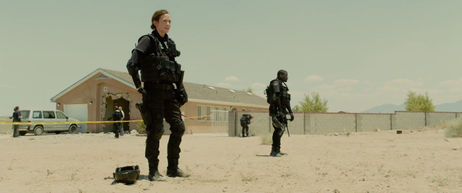 After a routine drug bust unearths a string of corpses in a small Arizona suburb, Kate Macer, an idealistic FBI agent, finds herself recruited into a joint government task force to aid in the escalating violence and death associated with the drug trade. Serving as a consultant of sorts, Kate finds herself in they middle of a secret and enigmatic task force that doesn't exactly play by the rules when it comes to fighting the war on drugs, eventually shattering Kate's idealism about her work, leading her to question everything she believes in when it comes to her job. Denis Villeneuve's Sicario is an extremely well-crafted, pulse-pounding thriller about the war on drugs that paints a poignant portrait of sinister and corruptive nature the drug trade can have on all individuals, including the ones who are simply trying to fight it. This is a film about darkness and disillusionment, with Denis Villeneuve capturing how the only way to inevitably fight evil is through evil, following our main protagonist as she finds herself in way over her head in a world where all semblance of kindness and empathy have been stripped away due to the brutality of the drug trade. Being firmly from the point-of-view of idealistic FBI agent Kate Macer, Sicario is a film that creates a sense of mystery around basically every character in the film, making many of Kate's cohorts, particularly Alejandro, a consultant played by Benecio Del Toro, and task force leader Matt, played brilliantly by Josh Brolin, characters that feel almost just as untrustworthy and shady as the drug dealers the task force is after. Through Matt and Alejandro, Sicario captures two men who have become completely desensitized to the death and brutality of the world they inhabit, with Kate being a character who finds herself questioning her own morality and idealism about her job in the process.. Sicario is by no means a political film but one that attempts to capture the toll the drug war has on everyone involved, from the authorities who try to stop its distribution, to the families in places like Juarez, Mexico who are forced to live in a world where violence and death is common place. Featuring cinematography and direction which effectively elicits a sense of dread and tension, Sicario is a film that certainly doesn't shy away from presenting the brutality and evil nature of drug trade, with Villeneuve routinely having his frame linger on death, not only amplifying the unease of the film but visually capturing the toll it takes on our main protagonist. Tense, dark, and well-made, Denis Villenueve's Sicario is a vivid portrait of horrendous effects the drug trade has on everyone and everything it touches. 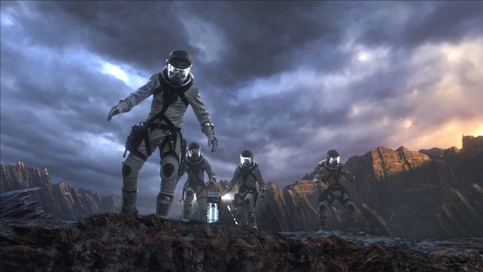 Josh Trank's Fantastic Four is just the latest exploit in a never-ending cycle of comic book films which attempts to tell the origin story of one of Marvel's oldest super-hero teams. Centered around four young outsiders in Reed Richards, Johnny Storm, Sue Storm, and Ben Grimm, the young team of scientists, engineers, and mechanics? develop a transportation device capable of transporting them to a mysterious, dangerous universe. Backed by government money, the team successfully builds the device, but when they travel to this mysterious planet things go terribly wrong, leaving each character with a shocking new powers. Josh Tranks' Fantastic Four is the posterboy for how tired and exhausting the origin-story comic book films have become, bringing absolutely no new ideas to the table in a way that leaves the whole film incredibly boring and uninteresting. For starters, the script leaves a lot to be desired, never fully developing the 'family' type aspect of these characters which is such an important aspect of the Fantastic Four superhero team, relying on a horribly one-dimensional villain and terribly cliched ideas centered around the government wanting to use these characters for military applications. While I'd argue that Fantastic Four isn't nearly as awful as one was led to believe, the film is truly a staple of just how tired and boring the genre as become. The strong cast has very little to work with, and outside of one memorable sequence involving Doom going all scanners on a bunch of government officials, Fantastic Four brings very little thrills or excitement to the table. Featuring one of the most ham-fisted, rushed, and boring action set-piece finales in recent years, Josh Trank's Fantastic Four is a whollfully generic, uninteresting comic book film that completely wastes its strong acting talent. |
AuthorLove of all things cinema brought me here. Archives
June 2023
|
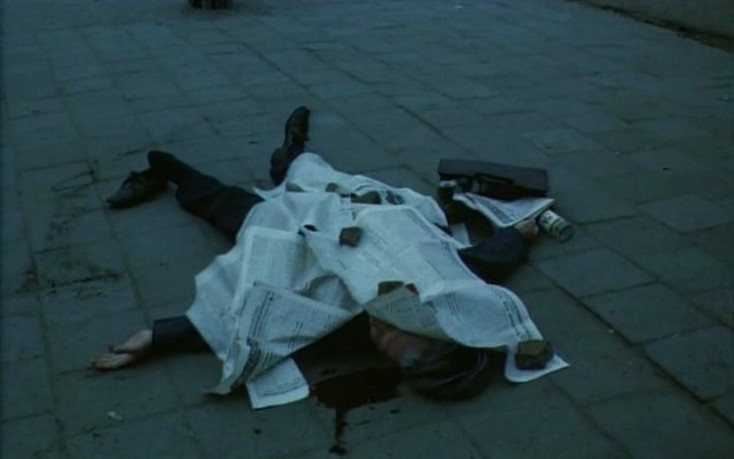
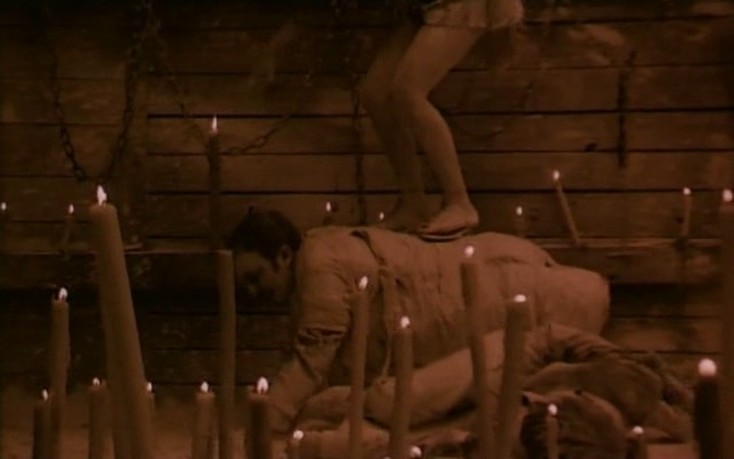
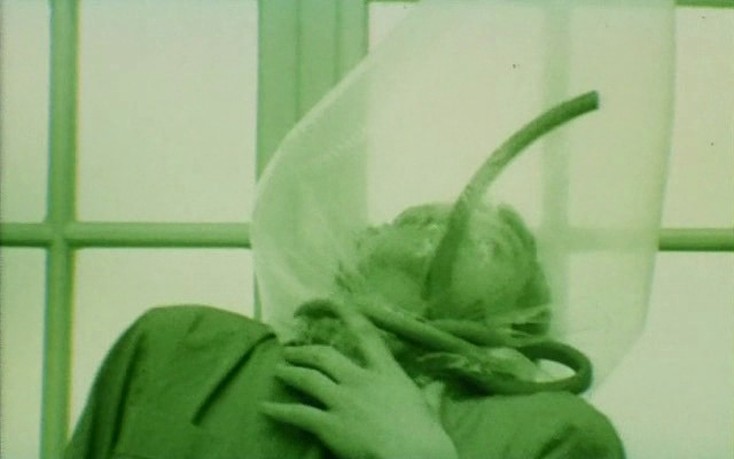
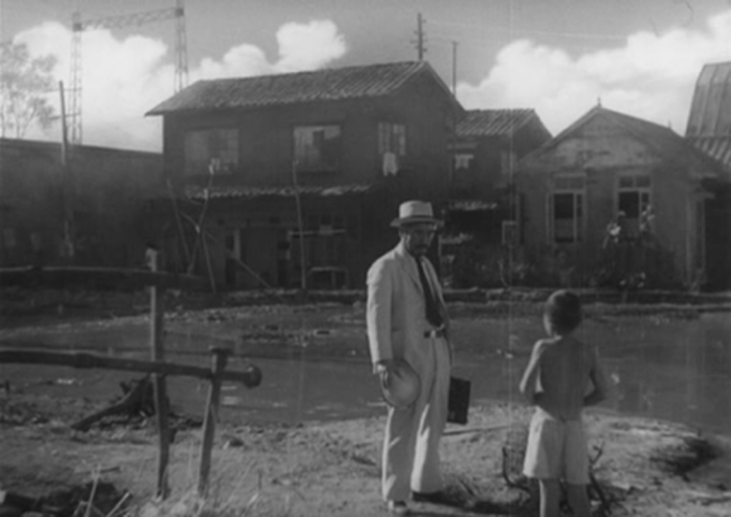
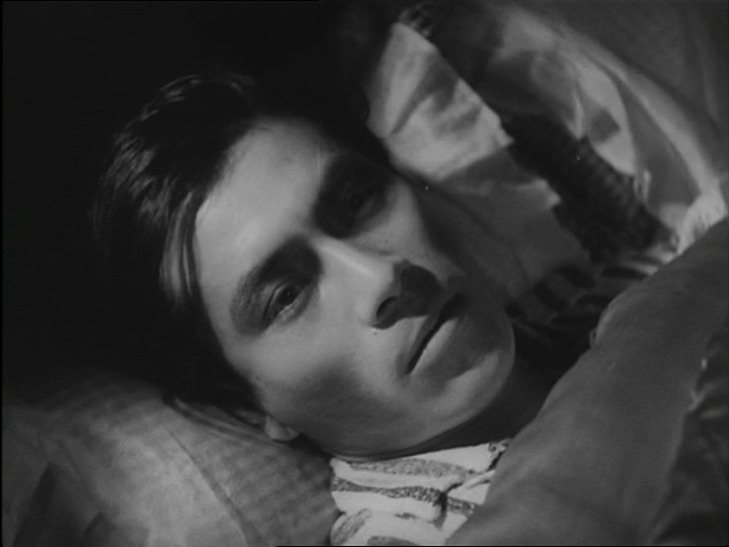
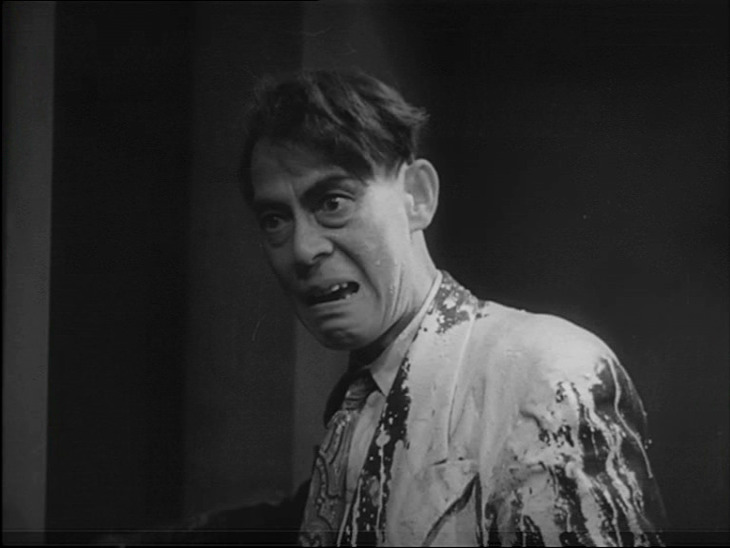
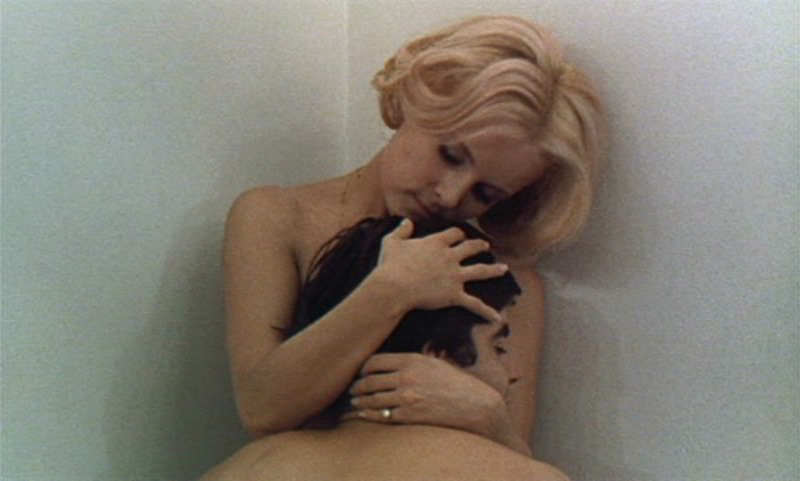
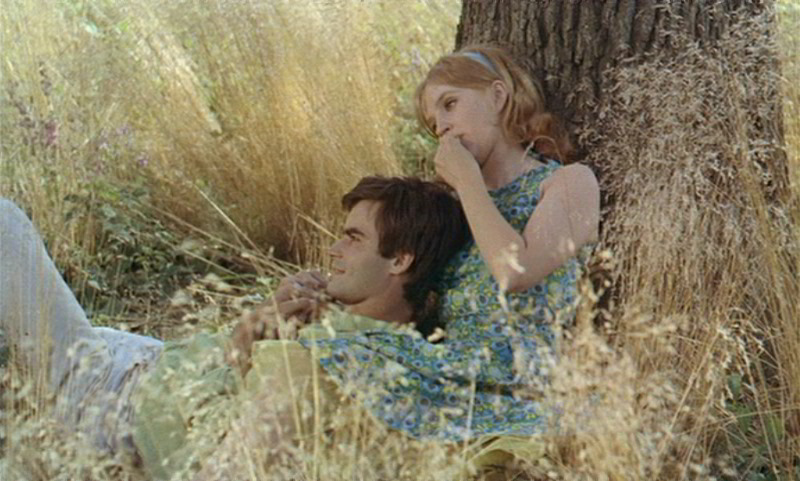
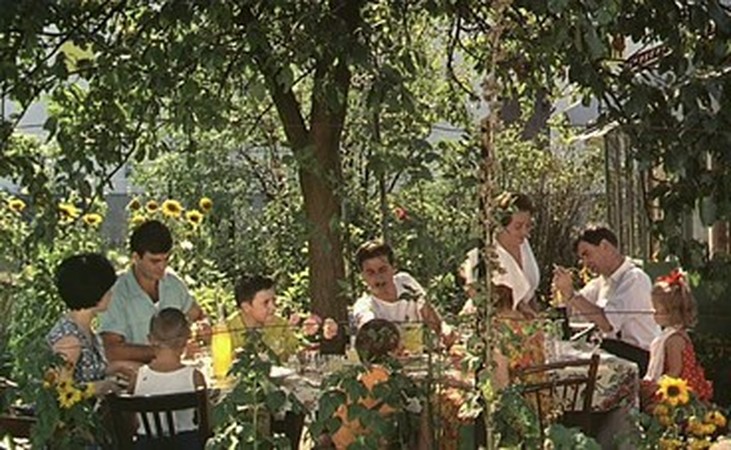
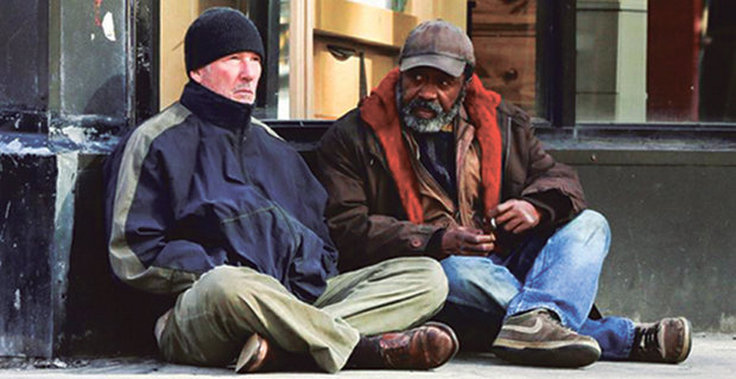
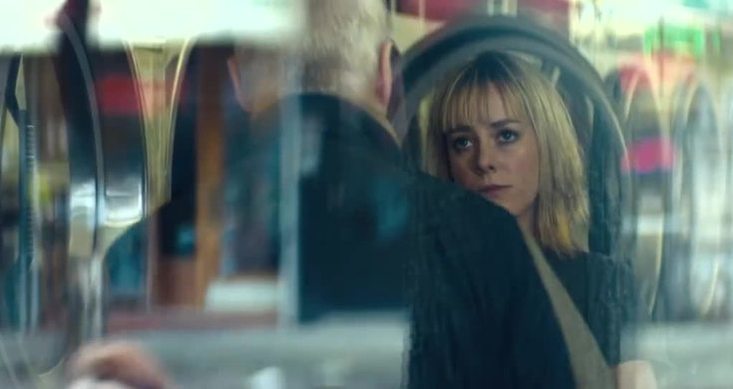
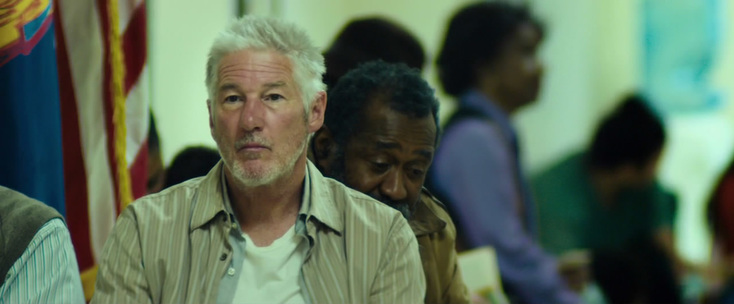
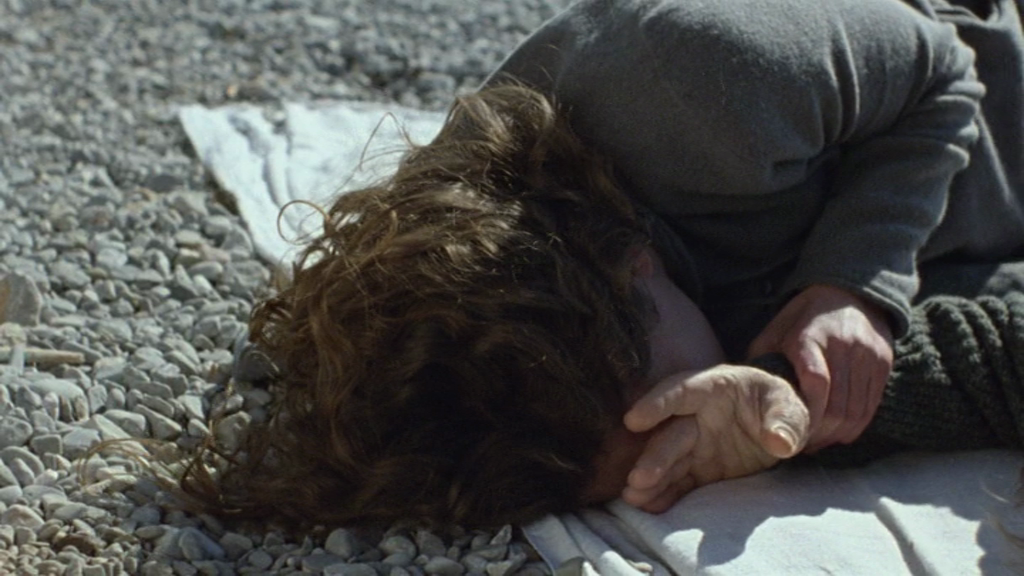
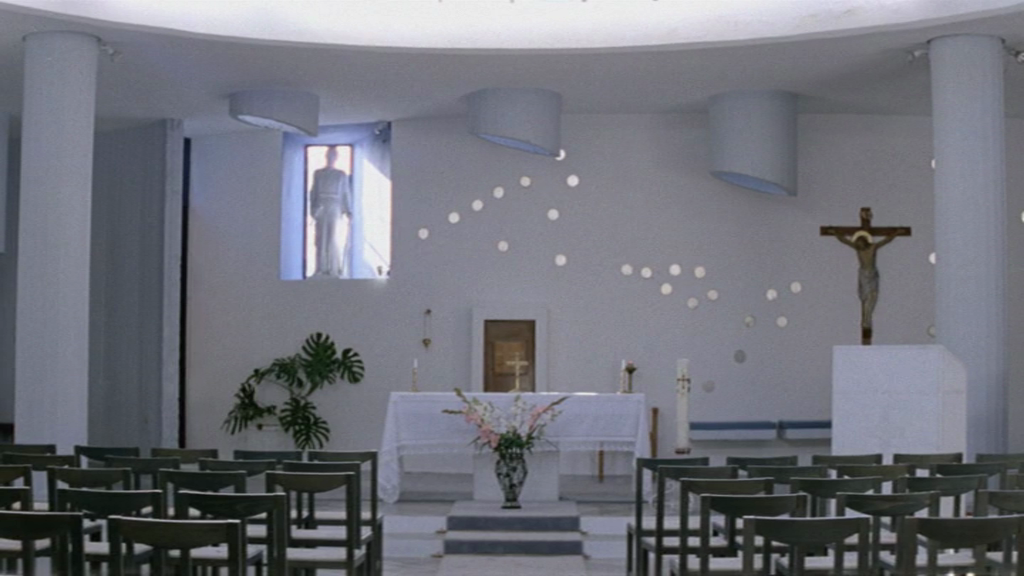
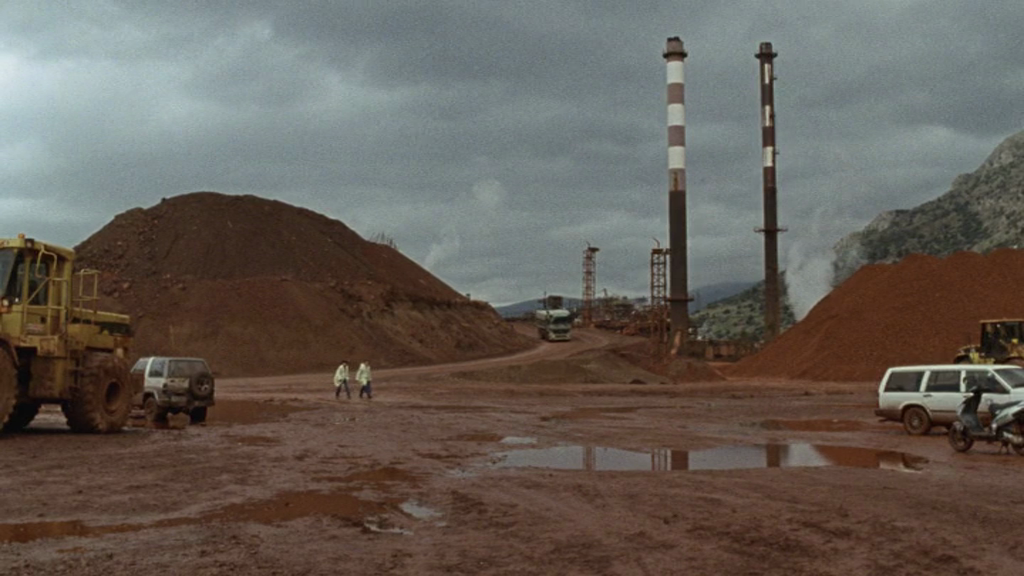
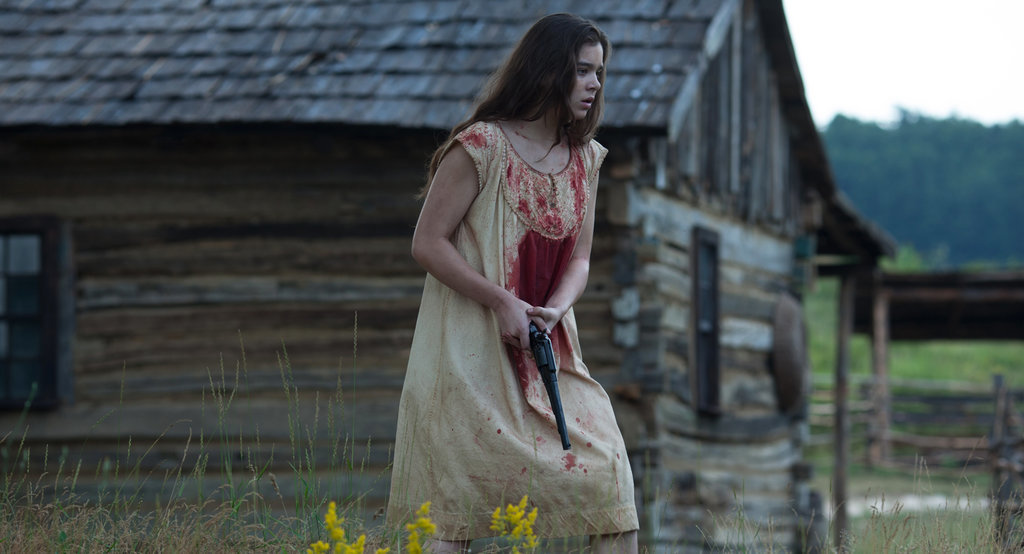
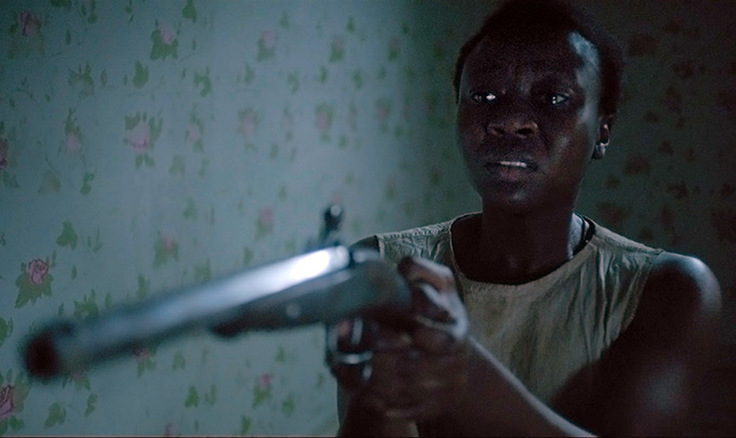
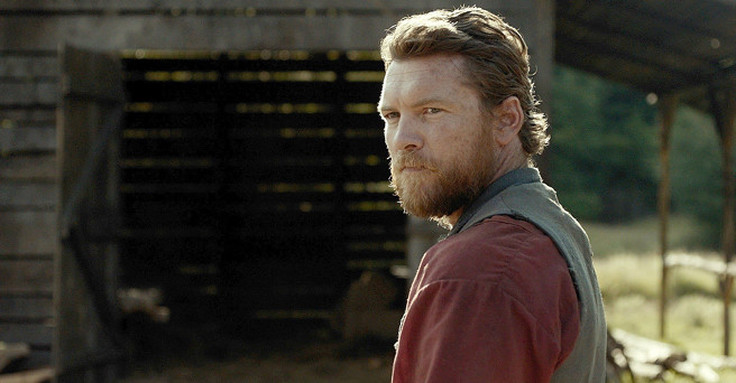
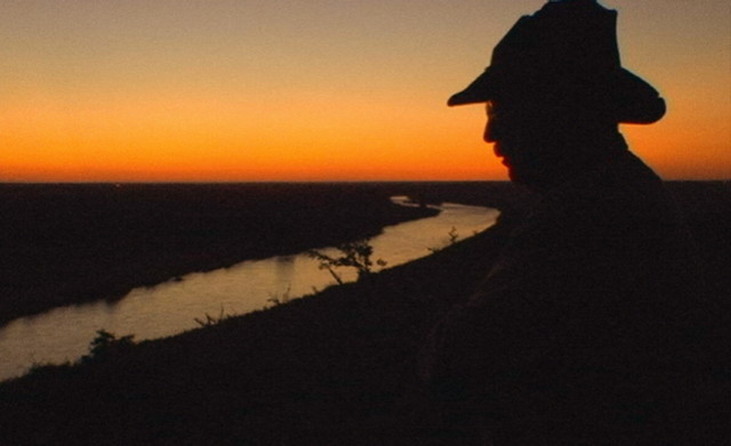
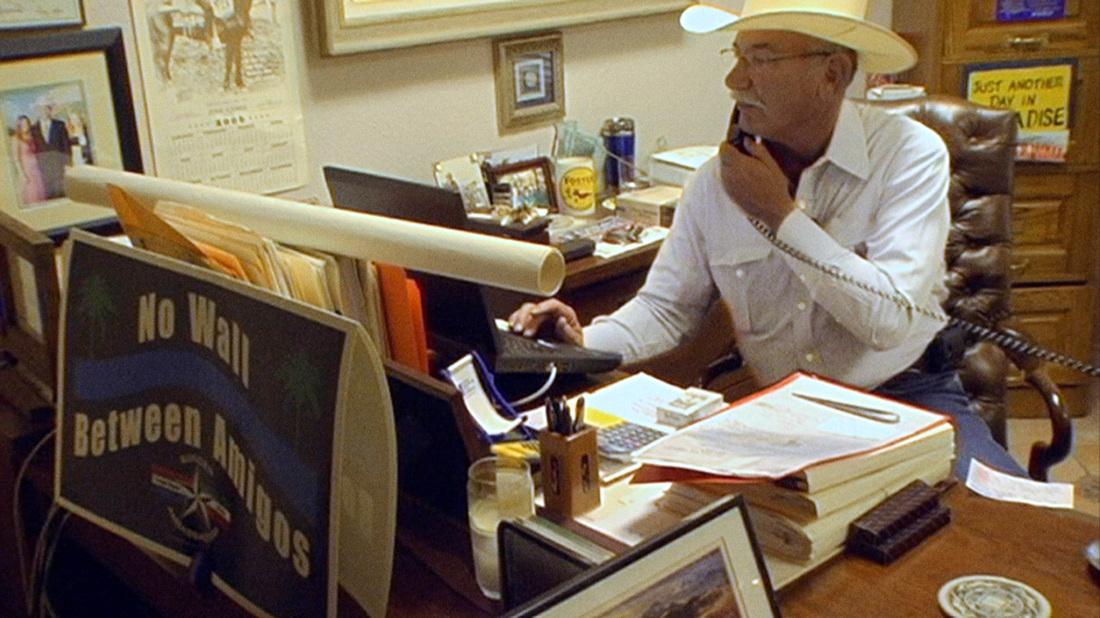
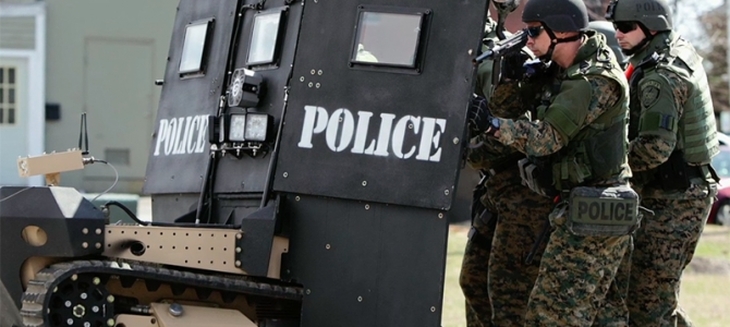
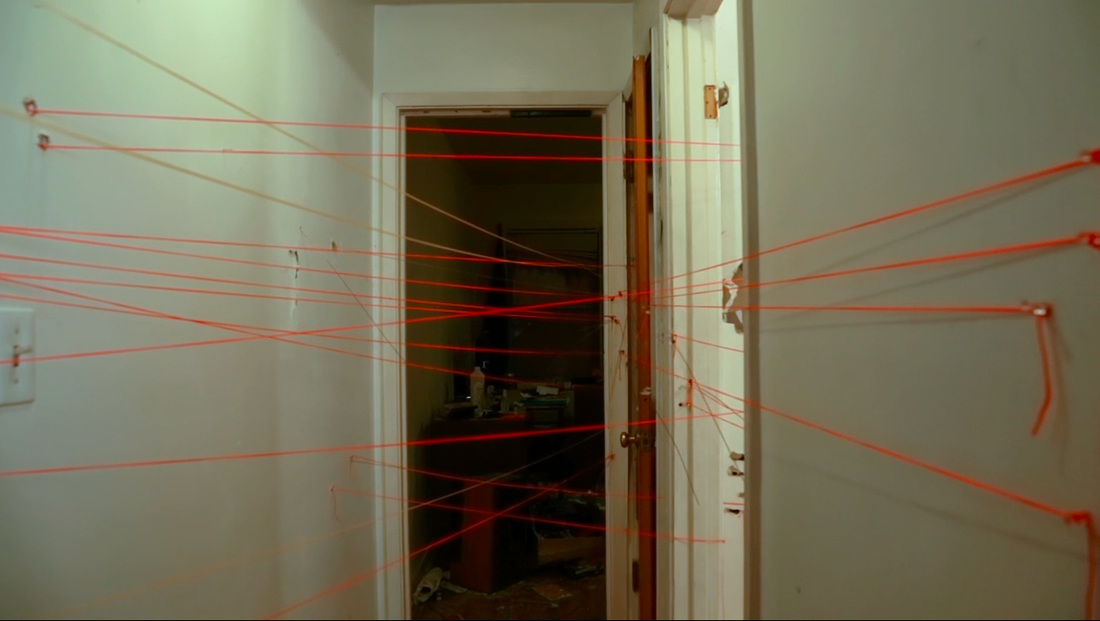
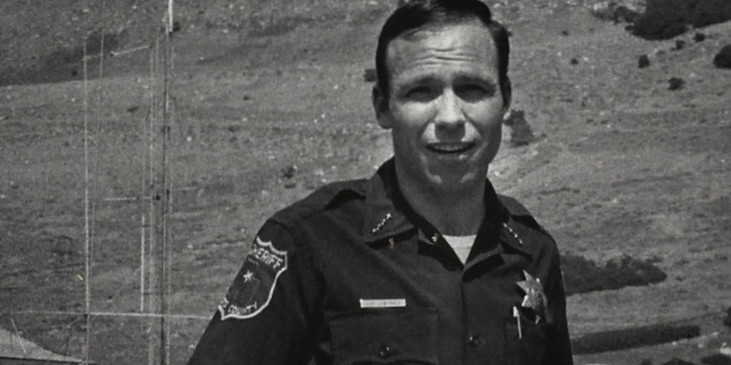
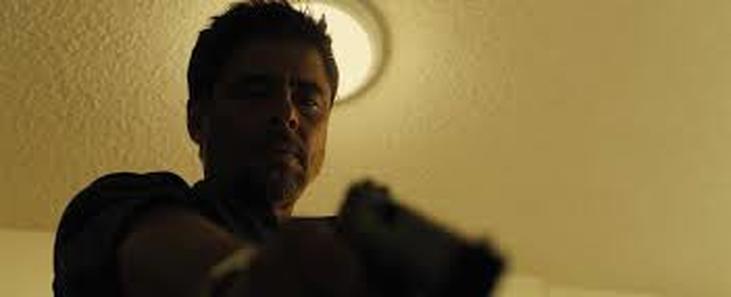
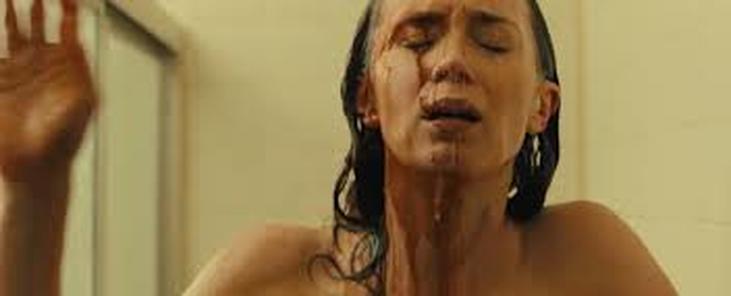
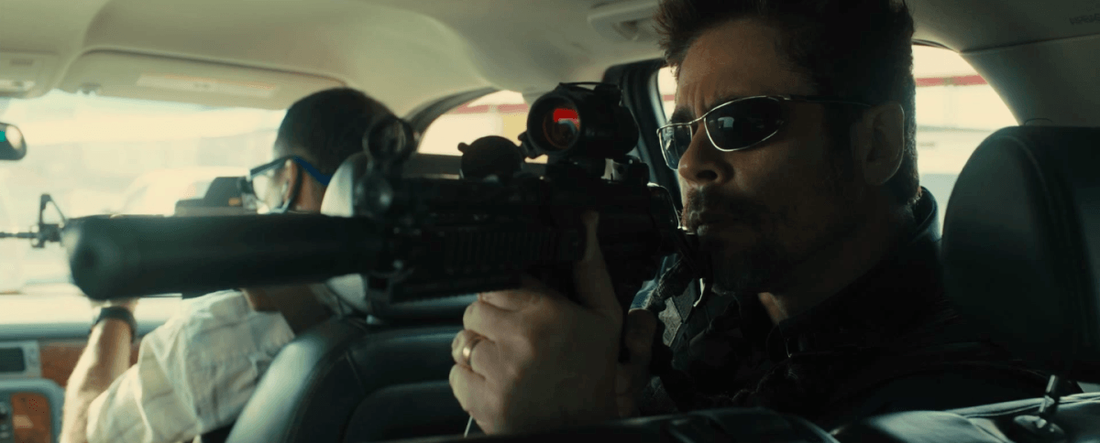
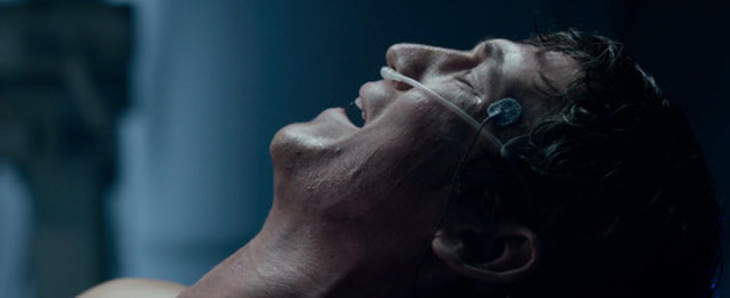
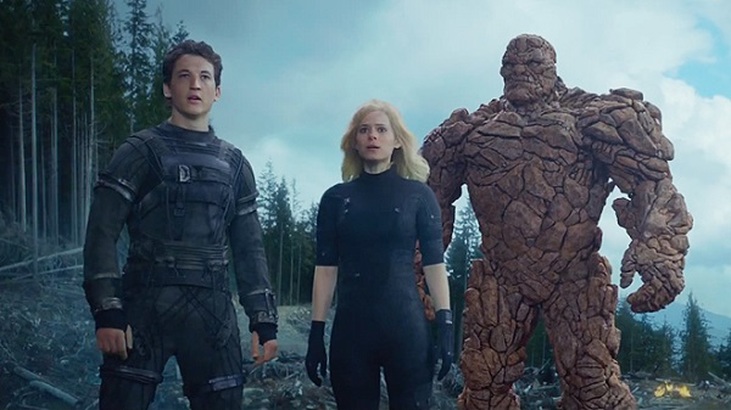
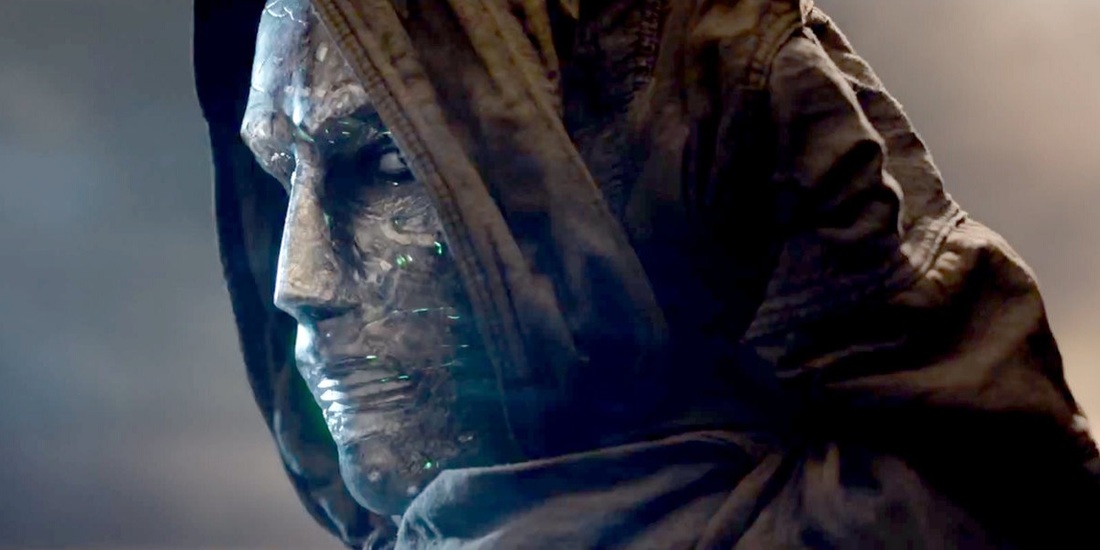
 RSS Feed
RSS Feed
